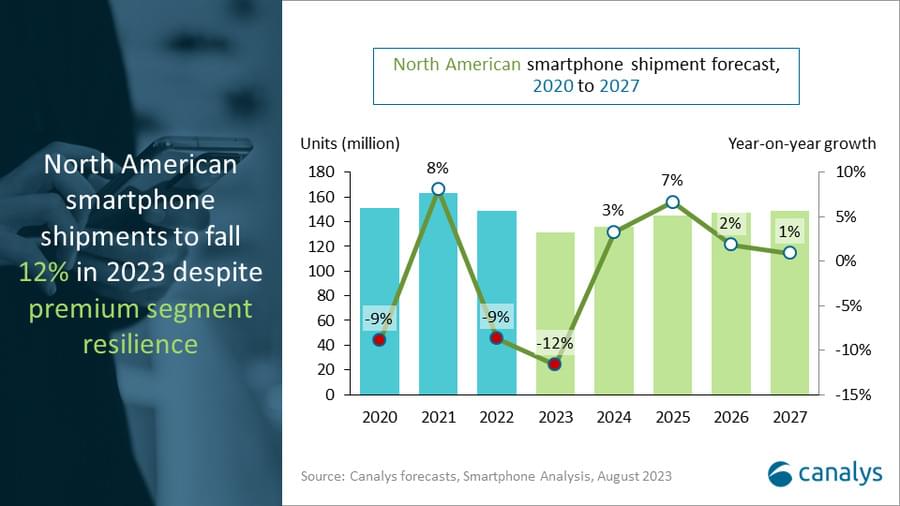Smartphone sales have had their worst quarterly performance in over a decade, a fact that raises two big questions. Have the latest models finally bored the market with mere incremental improvements? And if they have, what will the next form factor (and function) be? Today a deep tech startup called Xpanceo is announcing $40 million in funding from a single investor, Opportunity Ventures in Hong Kong, to pursue its take on one of the possible answers to that question: computing devices in the form of smart contact lenses.
The company wants to make tech more simple, and it believes the way to do that is to make it seamless and more connected to how we operate every day. “All current computers will be obsolete [because] they’re not interchangeable,” said Roman Axelrod, who co-founded the startup with material scientist and physicist Valentyn S. Volkov. “We are enslaved by gadgets.”
With a focus on new materials and moving away from silicon-based processing and towards new approaches to using optoelectronics, Xpanceo’s modest ambition, Axelrod said in an interview, is to “merge all the gadgets into one, to provide humanity with a gadget with an infinite screen. What we aim for is to create the next generation of computing.”
Xpanceo was founded in 2021 and is based out Dubai, and before now it has been bootstrapped. Its team of more 50 scientists and engineers has mainly, up to now, been working on different prototypes of lenses and all of the hard work that goes into that. The move away from silicon and to optoelectronics, for example, has driven a new need for materials that can emit and read light that are ever-smaller, Volkov said. The company has likened developments of 2D materials like graphene to what it is pursuing with new materials for contact lenses.
“We have kind of developed our own niche [in 2D materials] and now we use this knowledge as a backbone for our contact lens prototypes,” Volkov said in an interview.
Alongside this, the company has developed an AI platform to help develop its frameworks. It describes “neural interfacing” as the technique it will use to give wearers of its lenses full control over applications without them needing to use “awkward” eye movements or extra controllers. (Some prototypes of other smart or connected lenses involve users lowering eyelids to change functions, for example.)
